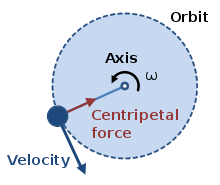| Welcome to Science a GoGo's Discussion Forums |
| Please keep your postings on-topic or they will be moved to a galaxy far, far away. Your use of this forum indicates your agreement to our terms of use. So that we remain spam-free, please note that all posts by new users are moderated. |
|
The Forums General Science Talk Not-Quite-Science Climate Change Discussion Physics Forum Science Fiction  |




